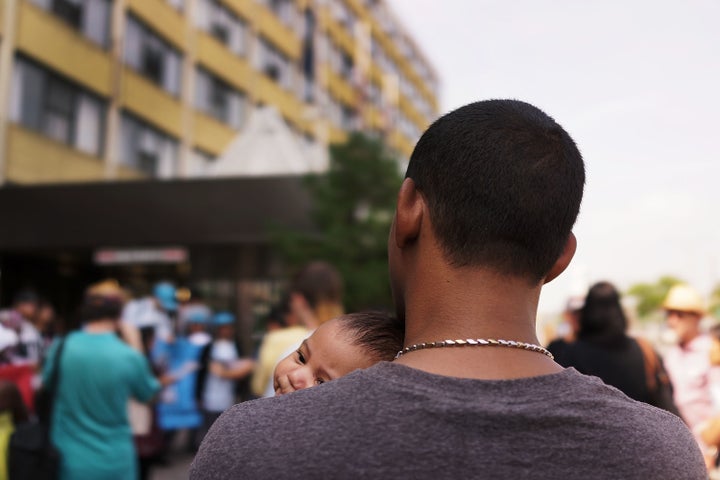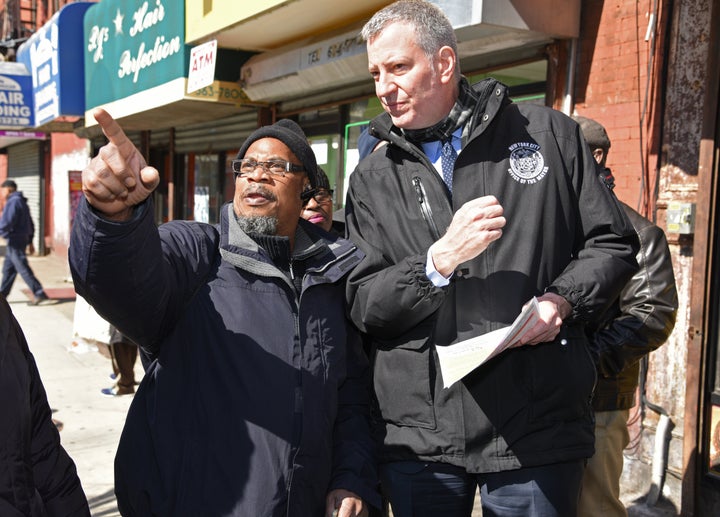
Homelessness in New York City has hit a record high, but government officials say those figures could have been much worse.
The number of people living in homeless shelters operated by the Department of Homeless Services is about to surpass 60,000 people for the first time, The New York Daily News reported Friday. But officials say that figure would have reached 67,000 people this year if not for the government’s recent programs, according to a DHS press release.
“Our current programs have substantially slowed the rate of growth in homelessness,” Steven Banks, commissioner of the Department of Social Services, said in a statement.
But even with the “slowed” rate, the current figures mark a 115 percent increase in homelessness over the past two decades, according to DHS.
The Coalition for the Homeless, which works to end homelessness in New York City, said the figure surpassed the 60,000 mark in 2014, but that group calculates its statistics differently.
In addition to DHS safe havens, the Coalition for the Homeless counts stabilization beds, veterans beds and families in Housing Prevention and Development emergency shelters. Doing this helps the numbers “remain consistent over time,” Giselle Routhier, the group’s policy director, told The Huffington Post in an email.

Despite the continued increase, Mayor Bill de Blasio’s administration is standing by the effectiveness of its new initiatives.
Those initiatives include a new rental assistance program, which helped about 40,000 people avoid or move out of shelters. De Blasio’s administration also spent $62 million on legal services, up from $6.4 million in the 2013 fiscal year.
Still, some advocates say the efforts don’t match the magnitude of the problem.
“While the city’s programs to move thousands from shelters into permanent housing have kept the numbers from being far worse, the response must match the scale of need,” Routhier said, adding that the city needs to step up its efforts.
New York City should allocate a greater share of its public housing for homeless people, Routhier said. She would like to see the city invest more in preventing evictions and also “crack down” on landlords who refuse to accept rental vouchers and programs for homeless people.

On a state level, Routhier and other advocates are frustrated about the delays in Gov. Andrew Cuomo’s affordable housing plan.
Cuomo signed a budget in April that included $2 billion for affordable housing. The plan was expected to roll out soon after, but only $150 million was released in June because the Assembly and the Senate couldn’t agree on how to divide the funds. Albany won’t deal with the rest of the money until next year, Crain’s New York reports.
The essence of the issue remains: The cost of rent in New York City is rising faster than residents’ incomes. Fifty-six percent of renters spend more than one-third of their income on rent, according to DHS.
The de Blasio administration said it’s continuing to combat the issue by building additional shelters where there’s the most need.
Homeless individuals and families often have to move away from their communities, friends, jobs and schools in order to access shelters, which further exacerbates the problem. The de Blasio administration said it plans to invest in building additional shelters around the city.
The goal is to “ensure that families and individuals can maintain the community connections that will help them leave shelter as soon as possible,” Banks said in a statement.
